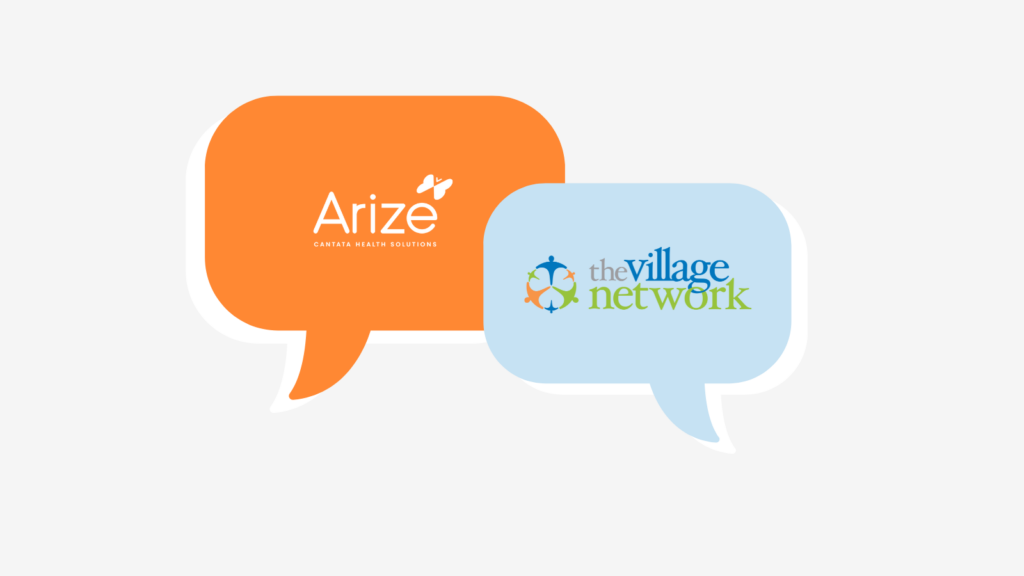Will 2019 be one of the most difficult years to balance the good and bad sides of technology? We think it might be. Technology has opened many doors for healthcare organizations, but at the same time, it has reduced the personal aspect of healthcare.
The Good:
Technology has created so much opportunity and advances in healthcare, opening possibilities that just 20 years ago many of us could not even imagine. No one will deny that technology has done a great deal in many facets of healthcare. With patient interaction specifically, technology has opened digital doors for communication through portals and even live chat options. Many patients enjoy the ability to ask their doctor questions via their portal after getting home. And the capability to check their own labs helps many feel more educated about their health and many studies show better clinical outcomes.
Electronic Health Record systems (EHRs) make this added engagement possible, but have huge benefits for hospitals, outpatient clinics, pharmacies, and more to communicate with interoperability. This ability to communicate keeps patient records accurate and up-to-date, which allows for better care all around.
The Bad:
Electronic Health Records are great for many things, but they require clinical staff to look at a screen far more than ever before. This leads to physician burn out, but also to unsatisfied patients as well.
There are actions that can be taken to keep healthcare from becoming a cold, human-less experience however. You must put serious thought into how the technology affects patient interaction. Simply acknowledging that your clinical staff will have to look at a screen part of the time is a step in the right direction. Making the most of the actual face-to-face time can go a long way to make the patient feel like they are important and a part of the decision making that is ultimately going to impact them above all others. Stressing eye contact with everyone from check in, to nutrition, physicians, nurses, and pretty much anyone that will have contact with a patient can really turn around a patient experience -even when staff will occasionally need to look at a screen.
And the Future:
As technology advances, the balance of patient interaction will offer different challenges. Telehealth is a relatively new tool that is showing promise for a variety of patients including those in rural areas, populations with limited access to transportation, immunocompromised individuals, and more. With benefits such providers reporting that they’re reaching new patients, reducing unnecessary ER visits, and having a positive ROI, telemedicine can definitely be a worthwhile endeavor.
On the reimbursement front, telehealth has seen important progress recently:
- Employer health plans are also seeing big adoption rates; 96% are expected to make telehealth available and a majority are likely to include behavioral health services (56%).
- Massachusetts and Rhode Island are now the only states not offering some form of Medicaid reimbursement for telehealth.
- CMS has proposed Medicare Physician Fee Schedule and Quality Payment Programs for telehealth, though Medicare does limit the type of healthcare professionals who are eligible to provide telemedicine services to Medicare patients and the type of telehealth offered.
Staying on top of the technological advances in telehealth and elsewhere can be difficult, but don’t let that scare you away from progress. Getting a strategy in place before implementing new technology will go a long way (just like eye contact). It’s going to be imperative in this last year of the decade that you balance the good and bad aspects of technology’s impact on patient interaction.

